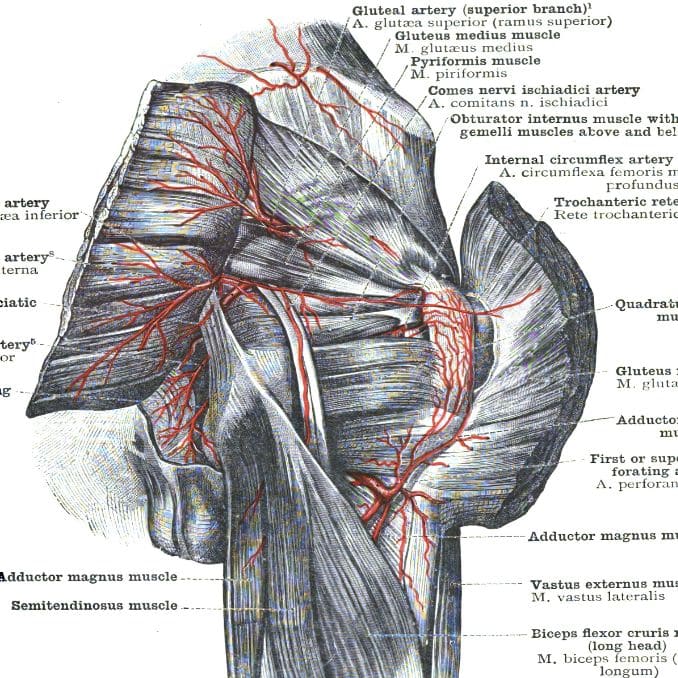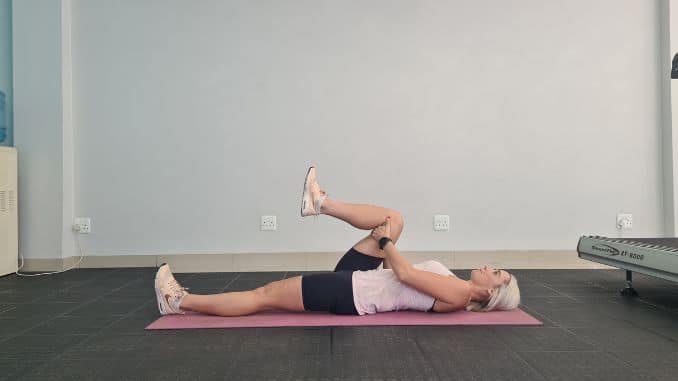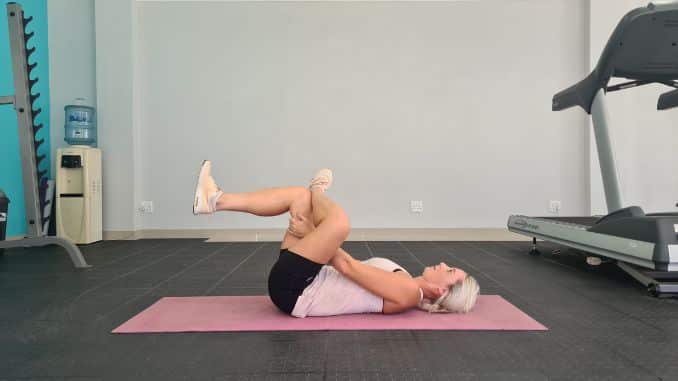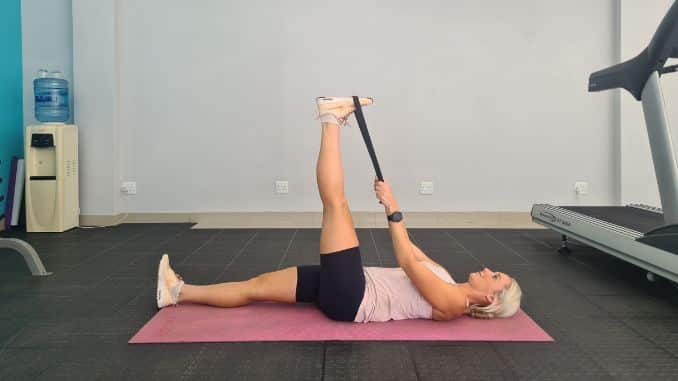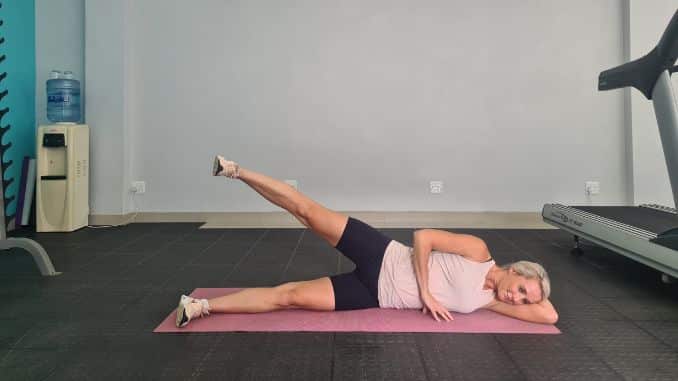
Your buttocks are composed of fats and gluteal muscles. Commonly, most of us do not pay much attention to this part of our body unless we feel discomfort or pain. All the more, we need to check with a healthcare provider when it persists and can hugely affect our daily lives. But what condition is causing this? Here’s why:
The buttocks can be prone to injuries and diseases too. While most of the conditions are not life-threatening, which can vary from minor muscle strains to infections, some may still need to be treated by a doctor. Regular buttock pain exercises can also help in alleviating discomfort and improving the overall strength of the gluteal muscles.
Conditions Causing Buttock Pain
A. Bruising
Bruising is caused by damage in the blood vessels, causing the blood to pool from the area. It is often seen as a black or blue pigmentation in the skin that could indicate how long it will last until it heals. When there is a bruise on the buttocks, it causes pain. You may get bruises when you fall on the buttocks when walking or have been injured when playing sports such as football and soccer. Aside from bruising, you can also feel swelling and tenderness around the area.
B. Muscle Strain
The buttocks are composed of three muscles namely: gluteus maximus, gluteus medius, and gluteus minimus. When one of these muscles is overstretched, it can cause muscle strain. This causes swelling, tenderness, muscle spasms,s and pain. You may get muscle strain if you overstretched during exercise, if there is no proper warm-up before exercise, or if a sudden movement that stretches the muscle.
C. Sciatica
Sciatica is a sharp burning pain that radiates that can run from your lower back through your buttocks and down the legs. Along with this, you may also feel numbness or tingling sensation. This is caused by particular conditions such as herniated discs. When you are in your 40s and 50s, you have a higher risk of having sciatica because what causes it becomes more common with age.
D. Bursitis
There is a bursa located in your buttocks called the ischial bursa. When this fluid-filled sac called the bursa becomes inflamed, it causes pain in the buttocks. This condition is called bursitis. Symptoms may include pain upon sitting or lying down, radiation pain down your thigh, swelling, and tenderness. You can develop this condition because of prolonged sitting on a hard surface. This type of bursitis is called a “weaver’s bottom” or “tailor’s seat.”
E. Herniated Disc
In our spine, there are small pads filled with a jelly-like material that serves as a cushion. These are called spinal discs. A herniated disc occurs when the inner material of the disc leaks outside the protective covering, where it can press nerves that causes pain, numbness, and weakness. If the lumbar spine area is affected by this condition, you’ll likely feel pain in your buttocks which can radiate down the legs. It may also include other symptoms such as numbness, tingling sensation, and weakness.
F. Degenerative Disk Disease
The spinal disk, which serves as a cushion to prevent the bones in your spine from rubbing against each other, can wear down over time, especially as we age. Degeneration of these spinal disks can cause pain in the buttocks and thighs. It may get worse when sitting, bending, or lifting something while walking or moving relieves it.
G. Piriformis Syndrome
This condition occurs when the piriformis muscle, located at your lower back to the top of your thigh, compresses the sciatic nerve. This can cause pain called sciatica. This type of pain usually radiates from the buttocks down the back of your leg. The pain may get worse with walking, running, or sitting.
H. Sacroiliac joint dysfunction
The sacroiliac joint connects the sacrum to the pelvic bone. When this joint becomes inflamed, it causes pain in your lower back that radiates down your buttock to your upper leg. Pain may get worse when walking, running, or climbing stairs.
I. Arthritis
A condition that causes pain and stiffness, especially in the joints. Arthritis in the hip joint can cause pain that radiates to the buttocks. The pain is worse in the morning and may gradually improve when moving. Buttock pain exercises can be beneficial for managing some of these conditions
Anatomy of the Gluteal Region
The gluteal region is located posteriorly to the pelvic girdle. The muscles in this anatomical move the lower limb at the hip joint. It is divided into two groups:
- Superficial Abductors and Extensors
Include the gluteus maximus, gluteus medius, gluteus minimus, and tensor fascia lata. They are a large group of muscles needed for abduction and extension of the femur.
- Deep Lateral Rotators
These include the quadratus femoris, piriformis, gemellus superior, gemellus inferior and obturator internus.These muscles are needed for laterally rotating the femur.
These muscles are supplied by the superior and inferior gluteal arteries, branches of the internal iliac artery.
1. The Superficial Muscles
The gluteus maximus, gluteus medius, gluteus minimus, and tensor fascia lata are included in the superficial muscles. These muscles act as abductors and extensors of the femur.
- Gluteus Maximus
The gluteus maximus, aside from being the most superficial that produces the buttock’s shape, is also the largest muscle among the three gluteal muscles. It extends the thigh and assists with lateral rotations.
- Gluteus Medius
The gluteus medius is located between the gluteus maximus and the minimus. It abducts and medially rotates the lower limb. During movement, it locks the pelvis to prevent the pelvic drop of the opposite limb.
- Gluteus Minimus
The gluteus minimus is the deepest among the superficial muscles. It has the same function as the gluteus medius.
- Tensor Fascia Lata
It is a small muscle that lies towards the anterior edge of the iliac crest. The function of this muscle is to tighten the fascia lata and abduct and medially rotate the lower limb.
2. The Deep Muscles
The quadratus femoris, piriformis, gemellus superior, gemellus inferior and obturator internus are included in the deep muscles. These are located underneath the gluteus minimus. These muscles laterally rotate the lower limb and stabilize the hip joint by ‘pulling’ the femoral head into the acetabulum of the pelvis.
- Piriformis
Among the deep muscles, the piriformis muscle is the most superficial. Its actions are lateral rotation and abduction.
- Obturator Internus
This muscle forms the lateral wall of the pelvic cavity. The action of this muscle is lateral rotation and abduction.
- Superior and Inferior Gemelli
These are two narrow and triangular muscles separated by the obturator internus tendon. These muscles also laterally rotate and abduct the lower limb.
- Quadratus Femoris
The most inferior among the deep muscles below the gemelli and obturator internus. The action of this muscle is lateral rotation.
Diagnosis
Diagnosing what causes your painful gluteal muscles needs a thorough physical examination, subjective questions about your symptoms, and will get your past and present medical history. Depending on the examination results, you might also be undergoing different imaging tests like Computed Tomography (CT) or Magnetic Resonance Imaging (MRI) Scan. These tests will help in determining and confirming conditions of the pain in the gluteal region. Buttock pain exercises can also be beneficial for improving the strength and flexibility of the gluteal muscles and may aid in managing certain conditions.
Buttock Pain Exercises
1. Knee to Chest
Lie on your back. Bend one knee and hold it towards your chest. Hold for 30 seconds, then return to the resting position. Do this on the other knee, 5 repetitions, 1-2 sets.
2. Piriformis Stretch
Lie on your back, knees bent, with feet flat on the floor. Cross your right leg on top of the other leg. The ankles should be resting on the opposite knee. Grab your right leg, then pull it with your left leg towards your chest until you feel a gentle stretch in your buttock and hip. Hold for 30 seconds, then return to the resting position. Repeat on the other side. Do this for 5 repetitions, 1-2 sets.
3. Hamstring Stretch
Lie on your back, knees bent, with feet flat on the floor. Lift one leg and bring the knee towards your chest. Clasp your hands behind your thigh, pull them gently towards you until you feel a gentle stretch, then go back to the resting position. Repeat on the other side. Do this for 5 repetitions, 1-2 sets.
4. Hip Abduction
Lie on your side with your right leg on top of the other leg. Use your elbows to support your head or a pillow. Slowly raise your leg up to a 45-degree angle with your knees straight. Hold for 7 seconds, then slowly return to the resting position. Do this for 10 repetitions, 1-2 sets.
5. Bird Dog Stretch
Begin with all fours. Raise your right arm forward and level it with your body. Then raise your left leg with your knees straight while tightening the muscles in your buttock and thigh. Hold for 7 seconds and return back to the resting position. Do this on the opposite arms and legs. Do this for 10 repetitions, 1-2 sets.
Takeaway
Pain in the buttocks could be improved or decreased by conservative treatments, including buttock pain exercises. However, if it persists, it is better to consult a doctor. They will perform a thorough physical examination and may include imaging tests to determine the cause of your pain and can therefore create a more suitable treatment based on it.

